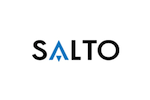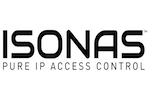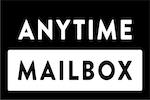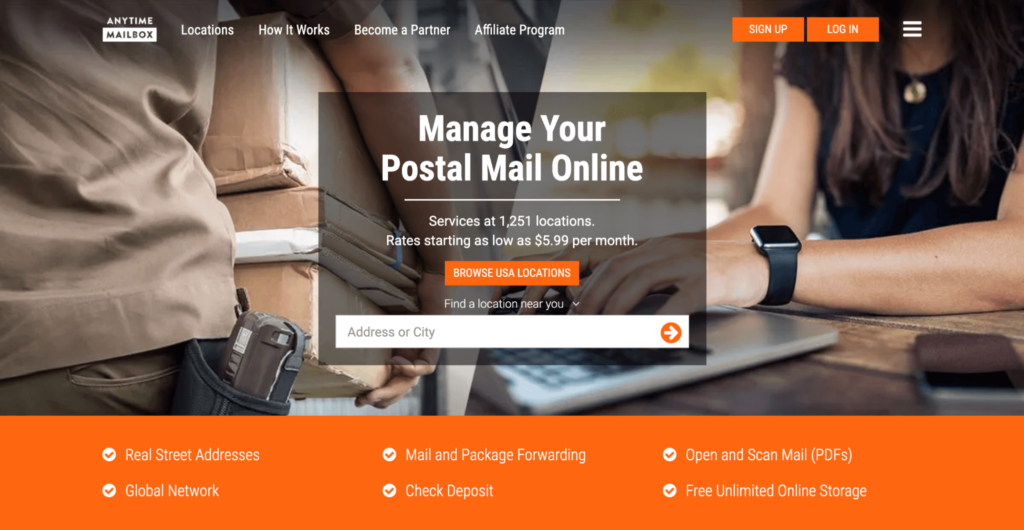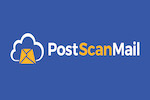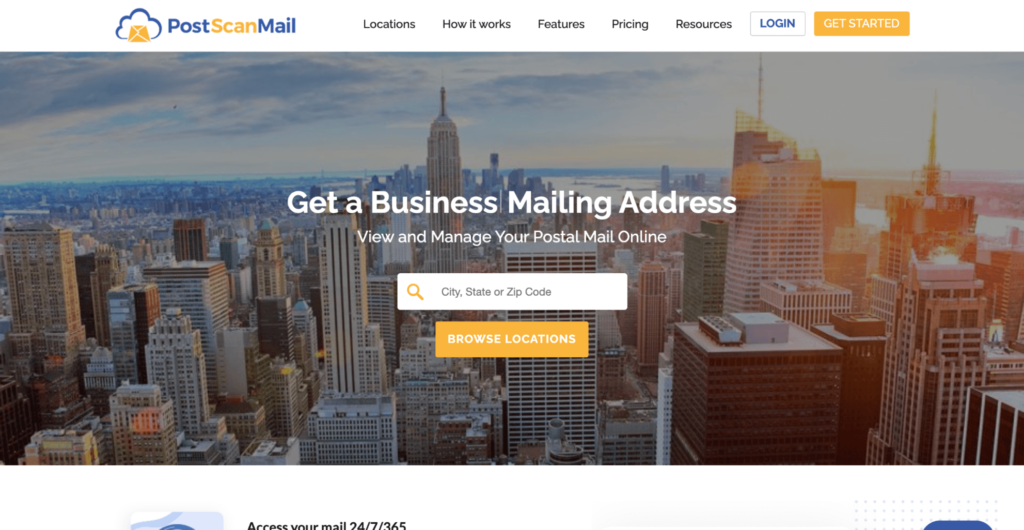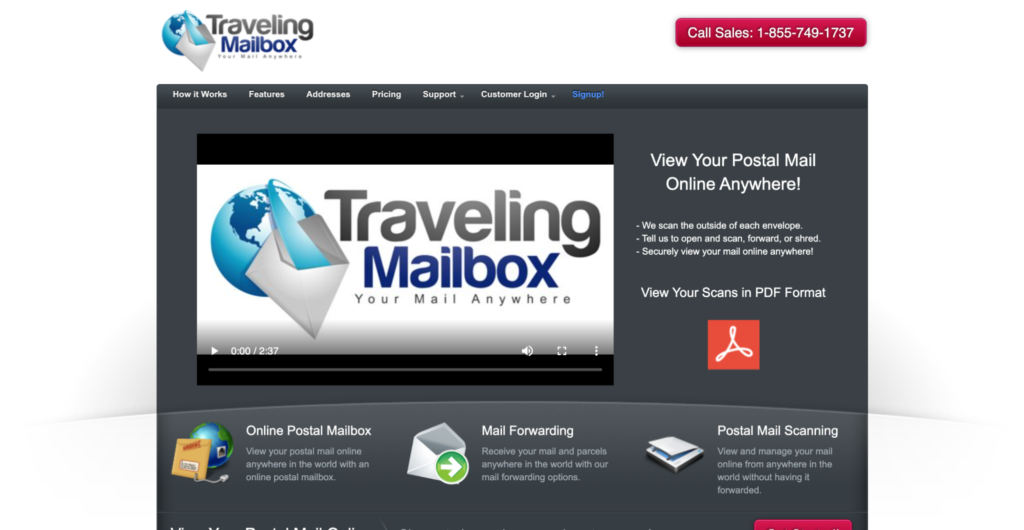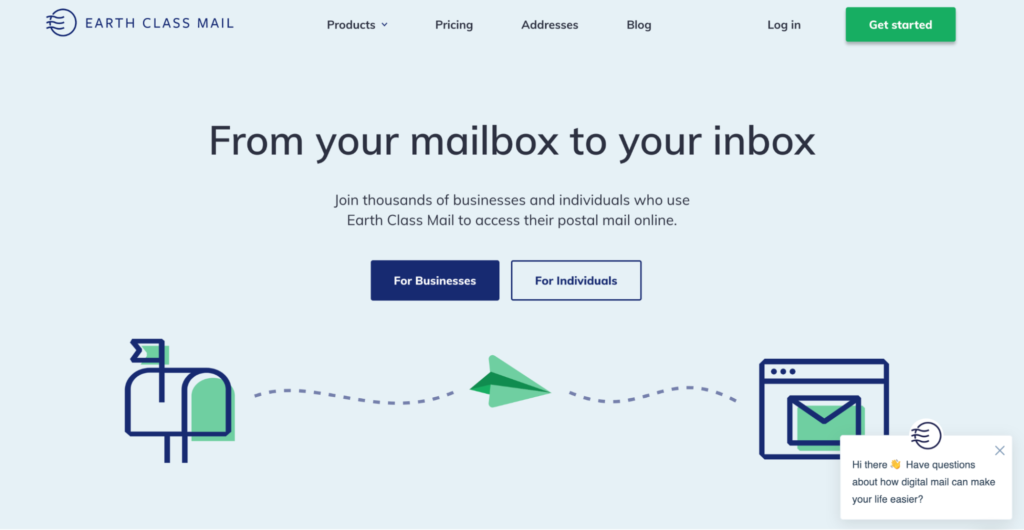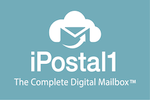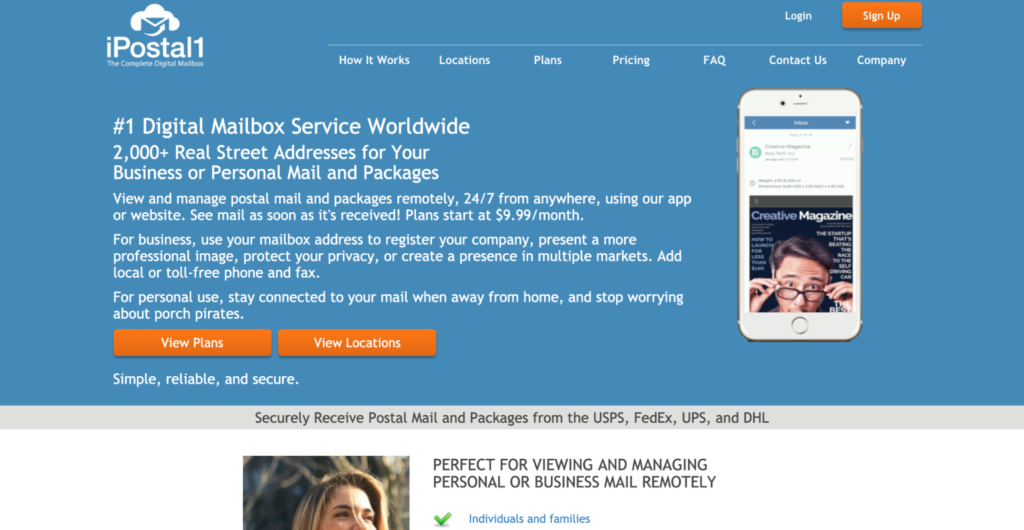Protecting sensitive data and staff on-site is crucial. But companies with multiple offices struggle to do this, especially when staff members hold different access levels and travel among many locations.
As businesses grow, this can become a serious problem. But there’s a solution.
Access control systems help protect companies by allowing them to decide who can access their facilities and how. By leveraging the power of technology, businesses can solve the access issues altogether.
I reviewed the best access control systems available today, and narrowed my list to the top five. Read on to discover the best option for your business needs.
The Top 5 Best Access Control Systems
- Honeywell — The Best for Large Teams
- SALTO — The Best for Wireless Access Control
- Envoy — The Best for Custom Health Checks
- ISONAS — The Best for Single Users
- Bosch Access Control — The Best for Scalability
Those are my top picks. Let’s dive a bit further into them.
#1 – Honeywell — The Best for Large Teams
- Video surveillance with intrusion detection
- Browser-based interface
- Integrate third-party solutions
- Dedicated system support
The larger your team, the more chance there is for sensitive data to go missing or end up in the wrong hands. Honeywell offers a solution to this with its access control system that doesn’t mess around.

There are multiple pieces of excellent software on offer here, but one of particular note is the WIN-PAK integrated security software. This system offers access control, video surveillance, and intrusion detection through a single and unified interface. It’s an intuitive browser-based interface that enables users to perform access control actions wherever and whenever.
For large teams, the best thing is that WIN-PAK can be scaled how you want, from a single site up to a multi-region operation. There isn’t a limit on what you can do here, no matter the size of your team, making it an ideal enterprise-level solution but still practical for everyone else of all shapes and sizes.
I like the ability to integrate third-party solutions such as BioConnect Suprema and Morpho Biometric—two notable biometric multi-factor authentication options.
Honeywell offers dedicated support for its products too and includes an online portal and knowledge base, as well as phone support when you need it.
No prices are publicly listed, so it’s best to contact Honeywell for a custom quote.
#2 – SALTO — The Best for Wireless Access Control
- No external power needed
- Full wireless access control
- Mobile apps supported
- Easy installation
If you need wireless access control above all else, SALTO is a top choice that won’t let you down.
SALTO provides companies simple control access systems that don’t require wiring or external power. Essentially, this is wireless access control without needing anything else, and it’s one of the most straightforward solutions on this list to use.

With SALTO, you’ll have access to wireless locks, readers, and battery-operated access control systems. The system integrates with everything from card readers to electronic locks, and access is configurable on a granular level through a local server. In other words, you pick the security you need and then easily control it from afar.
I especially like the system’s ability to accept access via mobile apps—not all access control systems provide this—removing the need for keycards and key fobs that more often than not get lost. People are much less likely to lose, misplace, or forget their phone, and it feels like a system that’s forward-looking as a result.
For wireless simplicity and robust access control, you can’t go far wrong here. Like most access control systems, no prices are available, so it’s best to contact SALTO for a custom quote. You can do that right here.
#3 – Envoy — The Best for Custom Health Checks
- Custom health checks
- Easily set capacity limits
- Full employee log available
- Workplace contract tracing
Envoy offers a host of access control solutions that help to keep your employees safe and secure.
There’s never been a more important time to ensure your team is fit and healthy. The pandemic has highlighted how essential it is to prevent infections in the workplace, and Envoy, as timely as ever, offers an immediate solution to this in the form of Envoy Protect.

Envoy Protect focuses explicitly on the health side of things. It offers custom health checks where you can confirm that employees are healthy before they even arrive at the workplace. You’ll be able to set capacity limits so you can safely determine how many people should be on-site at any one time.
There’s the ability to set criteria for who is allowed on-site based on their responses to questionnaires, which integrates directly with the access control system. Effectively, you can ensure only healthy employees show up to the office or job site, while those that are ill can stay home and join the team remotely.
That’s without mentioning the option for touchless sign-ins, a complete employee log so you can plan for the week, and workplace contract tracing. Workplace contract tracing allows you to see who got exposed to an unwell employee based on sign-in data alone, and from there, you can act accordingly.
Even better, Envoy transparently lists its prices in four tiers:

The first tier is entirely free and, although it comes with limited features, it will be a great starting place for small workplaces. The higher levels naturally offer more advanced features, including capacity limits, visitor photos, and directory integrations.
The second tier comes in at $99 per location per month and up to 50 employees per location. You’ll be able to try it and the third tier for free.
#4 – ISONAS— The Best for Single Users
- Cloud-based or local access
- ID cards, fobs, badges
- One to five-door installations
- Straightforward installation process
Access control systems can be confusing, but ISONAS wants to change that with its IP access control system that works on your existing network. The aim here is to keep the installation as straightforward as possible.
You get to pick between either cloud-based access or local access when using the system. Essentially, ISONAS does away with the need for complex installations because it converts your old set up into IP systems compatible with its software.
It sounds more complicated than it is, but suffice to say, it takes away a lot of the fuss with these systems.

You’ll be able to pick from readers for ID cards, fobs, badges, or even PIN-based entry—whatever you need, there’s a security solution here for it. The software lets its users access the readers using their mobiles or simple proximity scanners and then integrates with the broader system.
For single users, it’s a great choice due to its ease of use and flexibility. ISONAS comes in one to five-door installations.
It’s important to point out there are two software options here: Pure Access Cloud and Pure Access Manager. The former gets hosted with controllers configured to the cloud, while the latter is on-premises software that allows you to manage access control from any device in the network. Both are good options, but Pure Access Manager does give you access from anywhere, making it a compelling choice.
No prices are publicly available, and you’ll have to contact ISONAS for a custom quote.
#5 – Bosch Access Control — The Best for Scalability
- Amazing scalability
- 15 configurable threat levels
- Instant event updates
- Visitor management capability
The need to have a system that effortlessly scales with your company is a common one, and Bosch’s access control solution offers that through and through.
Bosch offers a system you can count on for almost any project, no matter how small you start or how big you get.
Users begin with the Access Management System (AMS) and can upgrade to the BIS Access Engine (BIS-ACE) when required. We’re talking about a small company that needs airport-grade security down the line—effectively, Bosch provides that level of scalability, but the hardware stays the same.

Most access control systems claim to offer scalability, but Bosch truly delivers it in a more than impressive fashion. The best bit is that it isn’t complex: the software merely evolves with your company.
That scalability gets backed up by other great features, including 15 configurable threat levels, instant updates of events at doors, and powerful visitor management. Bosch’s system can also be integrated with other video management systems like BVMS and Milestone XProtect.
For this powerful access control system, you’ll have to contact Bosch for a custom quote based on your exact requirements.
How To Find the Best Access Control Systems
Access control systems are complicated even at the best of times, so picking one can feel even harder. The core of what an access control system provides—protection and control of access for employees—largely remains the same across most pieces of software, though.
With that said, the technology behind these systems varies significantly. Some, for example, are easy to install and operate wirelessly, while others will require a complete and complex installation.
To make things easier, we’ve listed some of the most critical areas to think about before you dive into picking the right system for you.
Installation
First of all, it’s fair to say that all access control systems will need professional installation, regardless of how simple they are on the surface.
The supplier will take care of the installation of each system, but you must find out how long and involved the installation is beforehand. Be sure to ask your supplier who does the installation, how it’s carried out, the scope of the project, and reliable estimation of the total costs.
The installation affects all buyers and, therefore, I think it’s one of the most important considerations when buying an access control system. In short: know what you’re getting involved with before you rush in—these are complex systems that favor those that plan ahead.
Security
In essence, an access control system is all about security and how you maintain it, so it’s therefore vital you know the technology powering it.
Ideally, you’ll want to look for the systems with the latest technology, systems that replace physical locks with a much higher level of protection. Examples here include door readers and tamper alarms that make breaking in much harder.
Ultimately, think about what level of security you need to provide for your employees, and go from there.
Access Cards
Similar to the above, access cards are an essential consideration. Be sure to look for a supplier that provides the printer for the cards and the consumables needed to create them.
Some advanced access systems even use security features such as holograms and encrypted signals. If you need the next level of security, prioritize these instead, but be wary of the costs for such technology.
Scalability
You need to think about how well they scale for the future. It’s tedious to find yourself frequently changing software, and access control systems are no different.
When you contact your supplier, be sure to ask about the number of employees the system serves and the number of door openings covered.
Some access control systems scale with you, while others will be much more limited. Consider the scalability of the system and how it relates to your company carefully.
Reporting Access
While not the most crucial area to consider, it’s nevertheless worth thinking about how you access the reporting interface in your access control system.
For example, is access granted locally or via the cloud? Cloud access allows you to start the system on any browser from wherever, so it’s a better option if it’s available from the start.
Reporting interfaces allow you to see where employees are within a building and help with things like attendance tracking, so be sure to find out how easy it is to access them before you commit.
Summary
In the modern world, access control systems are vital. They help protect sensitive data and, of course, ensure employees are safe while they work.
If you have a large team, it’s smart to opt for Honeywell, while SALTO is a strong choice for easy wireless access.
Envoy offers a great solution for custom health checks, and the best choice for single users is ISONAS.
For companies worried about scalability, Bosch Access Control more than delivers.
Be sure to consider the installation of your system, as well as the security technology powering it, the ease of access to reporting functionality, and the scalability.
from Quick Sprout https://ift.tt/30LnAK3
via IFTTT

